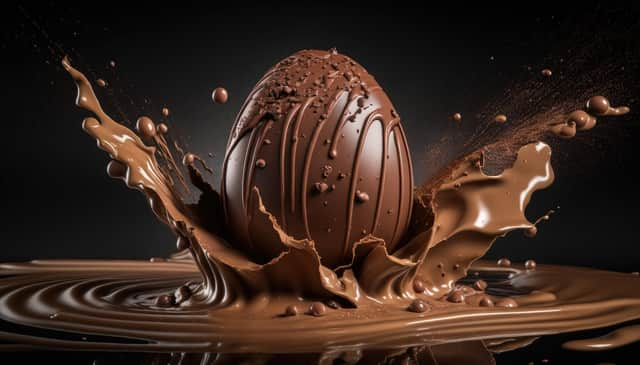Dr's Casebook: Chocolate has a mood lifting effect


Dr Keith Souter writes: There is a whole field of research devoted to choco-chemistry, a large part of it being to investigate the effects of chocolate on health.
Chocolate is made from cocoa beans from the cacao tree, which is native to the jungles of Central and South America.
Advertisement
Hide AdAdvertisement
Hide AdThe name comes from the Aztecs, who believed that the gods had given mankind the cacao tree, from which they made ‘choclatl’ or the ‘warm liquid.’
Columbas introduced cacao to Europe in 1502 when he brought back a supply of beans for the king of Spain. And it was the Spanish who started jazzing it up by adding sugar and cinnamon to enhance its flavour.
In 1875, Henri Nestlé introduced milk solids to the equation to produce milk chocolate.
Chocolate is quite unique as a confection, since it melts at body temperature.
Advertisement
Hide AdAdvertisement
Hide AdIt is that pleasant melting in the mouth moment, that instantaneous stimulation of taste buds and the subsequent lifting of mood that it produces which makes it so appealing.
The mood lifting effect seems to come because of three of its components.
Firstly, the cocoa itself contains a number of chemicals that all have an effect. Caffeine, which is also present in coffee and tea has a stimulatory effect. Chemicals called methylxanthines also directly stimulate the central nervous system, as does the chemical phenylethylamine which raises the level of pleasure-giving endorphins in the brain.
Milk contains the amino acid tryptophan, which is converted into serotonin the happiness neurotransmitter. Hence the role of milk in chocolate is to further raise the mood.
Advertisement
Hide AdAdvertisement
Hide AdFinally sugar provides a quick rise in blood sugar and energy levels.
People also find that a little chocolate relaxes them. This is because other components of chocolate such as valeric acid, have a relaxant and tranquillising effect.
But of course, all things should be taken in moderation.
You should restrict your daily intake to 50g to get the benefits, and avoid the downside of too much chocolate. But over Easter, a little indulgence is OK.